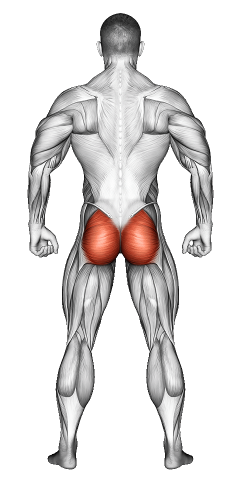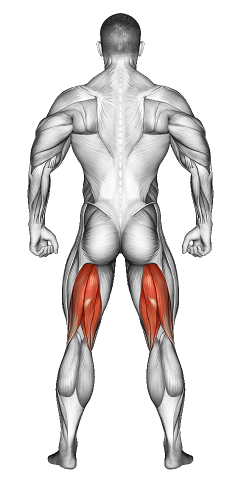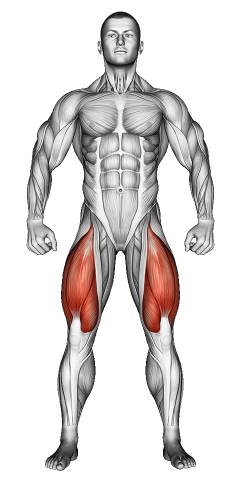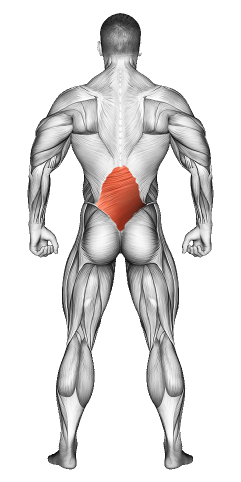Mermaid Pose (Eka Pada Rajakapotasana): Video Tutorial & Yoga Guide

Written By: Claude Michael
Updated: Jan 14, 2025
| Workout | Mermaid Pose (Eka Pada Rajakapotasana) |
| Primary Muscle Group | Glutes |
| Secondary Muscle Group | Quads, Hamstrings, Lower Back |
| Equipment Required | None |
| Force Type | Bodyweight |
| Mechanics | Flexibility and Balance |
| Exercise Type | Yoga and Stretching |
| Difficulty | Advanced |
Mermaid Pose (Eka Pada Rajakapotasana): Video Tutorial & Yoga Guide
- 1.Mermaid Pose (Eka Pada Rajakapotasana): Muscle Groups
- -1.1Primary Muscle Group
- -1.2Secondary Muscle Group
- 2.Mermaid Pose (Eka Pada Rajakapotasana): Step-by-Step Guide
- 3.Mermaid Pose (Eka Pada Rajakapotasana): Overview
- 4.Mermaid Pose (Eka Pada Rajakapotasana): Benefits
- 5.Mermaid Pose (Eka Pada Rajakapotasana): Pro Tips & Advanced Techniques
- 6.Mermaid Pose (Eka Pada Rajakapotasana): Progression Plan
- 7.Mermaid Pose (Eka Pada Rajakapotasana): Frequently Asked Questions (FAQs)
Secondary Muscles Group
Mermaid Pose (Eka Pada Rajakapotasana): Step-by-Step Guide
- Step 1: Start in Pigeon Pose. Bring your right knee forward, placing it behind your right wrist. Extend your left leg straight back, keeping your hips square and your back leg active.
- Step 2: Bend your left knee. Reach your left foot toward your left hip. Keep your chest lifted and your gaze forward as you stabilize your balance.
- Step 3: Hold your left foot with your left hand. Lift your foot closer to your body, creating a stretch in your left quadriceps and hip flexors. Keep your core engaged and your shoulders relaxed.
- Step 4: Slide your left foot into the crease of your left elbow. Hold your left foot securely in your elbow and bring your right arm overhead to clasp your left hand, forming a "mermaid tail" shape.
- Step 5: Open your chest. Lift your chest upward, keeping your spine long and your shoulders square. Breathe deeply into the stretch to maintain balance and focus.
- Step 6: Hold the pose for 3-5 breaths. Stay strong and steady, using your breath to deepen the stretch.
- Step 7: Release the pose. Carefully lower your left foot back to the mat and return to Pigeon Pose. Repeat the pose on the other side.
Mermaid Pose (Eka Pada Rajakapotasana): Overview
The Mermaid Pose (Eka Pada Rajakapotasana) is a graceful variation of the Pigeon Pose that deepens the stretch in your hip flexors and quadriceps while opening the chest and shoulders. This pose enhances spinal flexibility, strengthens your core, and improves balance. It fosters a sense of poise and creativity, encouraging both physical and emotional openness.
Mermaid Pose (Eka Pada Rajakapotasana): Benefits
This exercise stretches the hips, thighs, and shoulders while improving flexibility in the spine and hip flexors. It enhances balance and body awareness, opens the chest to improve posture, and cultivates focus and mindfulness.
Mermaid Pose (Eka Pada Rajakapotasana): Pro Tips & Advanced Techniques
- Warm Up First: Prepare with hip-opening poses like Pigeon or Low Lunge.
- Keep Your Hips Square: Avoid tilting your hips to one side. Stay grounded and balanced.
- Engage Your Core: Use your core to maintain stability and support your spine.
- Use Props if Needed: Use a strap to hold your back foot if it’s hard to reach.
Mermaid Pose (Eka Pada Rajakapotasana): Progression Plan
Beginner
Intermediate
Advanced
Mermaid Pose (Eka Pada Rajakapotasana): Frequently Asked Questions (FAQs)
What does Mermaid Pose work on?
+It stretches your hips, thighs, and shoulders while improving balance and flexibility.
Is Mermaid Pose suitable for beginners?
+It’s an advanced pose, but beginners can modify with Pigeon Pose or use a strap.
How long should I hold this pose?
+Hold for 3-5 breaths or longer if comfortable and stable.
What should I avoid in this pose?
+Avoid collapsing your chest or forcing your body into the pose. Focus on alignment and gradual progress.
Can this pose help with flexibility?
+Yes, it’s excellent for increasing flexibility in your hips, shoulders, and spine.
Share
Don’t Wish for It, Work for It – Join the FlexXP Newsletter Today!
Thank you for signing up for the FlexXP Newsletter!
This site is protected and the Google Privacy Policy and Terms of Service apply.



